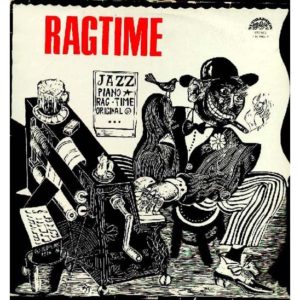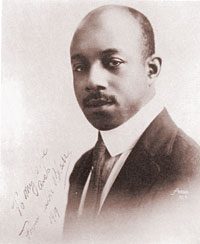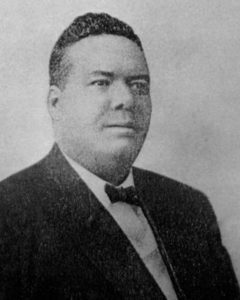
Origin of Genre
In the late 19th century and early 20th century, ragtime peaked in popularity. Ragtime became recognized as an official all black genre. The style was directed towards entertainment and performance style. Sprouting from cake walk and coon songs, ragtime added a simplistic syncopated beat to dance songs.
Characteristicsof Genre: What is syncopation?…
Piano played an important role in shaping the sound of ragtime. Ragtime can be recognized by its bouncy rhythms and beats due to incorporation of syncopation. Syncopation is the disturbance of the flow of rhythm by accentuating the off beat. Syncopation is the staple of ragtime.
Commodification
Because ragtime was a composed and instrumental genre, sheet music could be written and shared amongst artist. Written sheet music opened the door of inclusion allowing whites the ability to mimic the genre. Scott Joplin is a important ragtime performer known famously for his composition of “Maple Leaf Rag”. “Maple Leaf Rag” was the first written rag to sell 1 million copies. Ragtime popularity continued to expand after incorporation of sheet music. Many black musicians were unable to read and write, so white people took the opportunity to receive commodity from the “for blacks, by blacks” genre.
Social Implications
Rags were performed in bars and saloons in black communities. The genre was used to entertain and bring black people together for a good time. Although this was true, rags were also used to negatively portray black people with stereotypical connotation by white people. As stated above, ragtime originated from cake walk and coon songs. Cake walks were dances performed by slaves to impress their masters. Slaves would dance in costume accompanied by rag. The winner would be rewarded a cake. Coon songs were performed at minstrel shows. White people dressed in black face and sung derogative racist lyrics about black people for entertainment.
Important Performers



Eubie Blake, Scott Joplin, and Tom Turpin
Influence of Future Genres and Conclusory Opinions
Ragtime was the predecessor to sister genre jazz after 30 years of rising popularity. Jazz adopted elements of ragtime like syncopation with addition to horn instruments. Syncopation was an element that would be incorporated into many future genres for example, blues, rock & roll, R&B, and hip hop. Without syncopation, rhythms in todays music would seem boring and simplistic.
Whites were selfish and opportunistic when using the incapabilities of black people to read and write as a way to profit from a genre created specifically for blacks by blacks. Ragtime was used by whites to exploit and degrade black people in minstrel shows and cake walks. Although these things were taking place, black people continued to create and play ragtime as means for having a good time and congregating amongst the black community. This factor should be an important takeaway for this genre.

